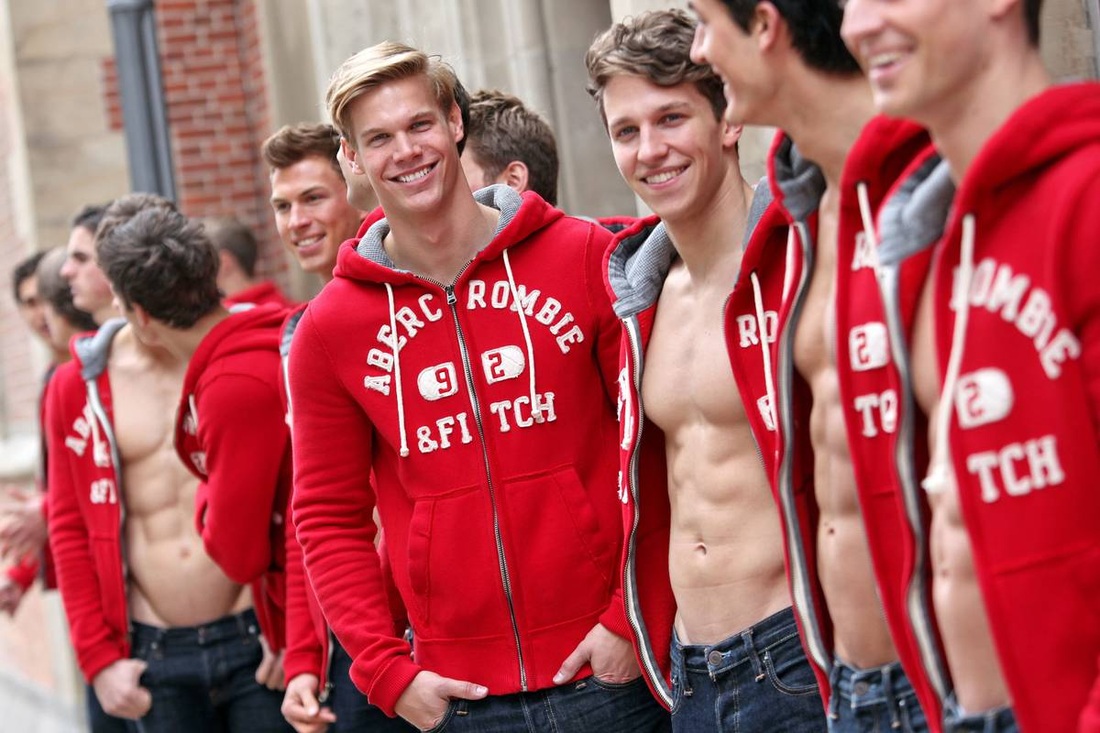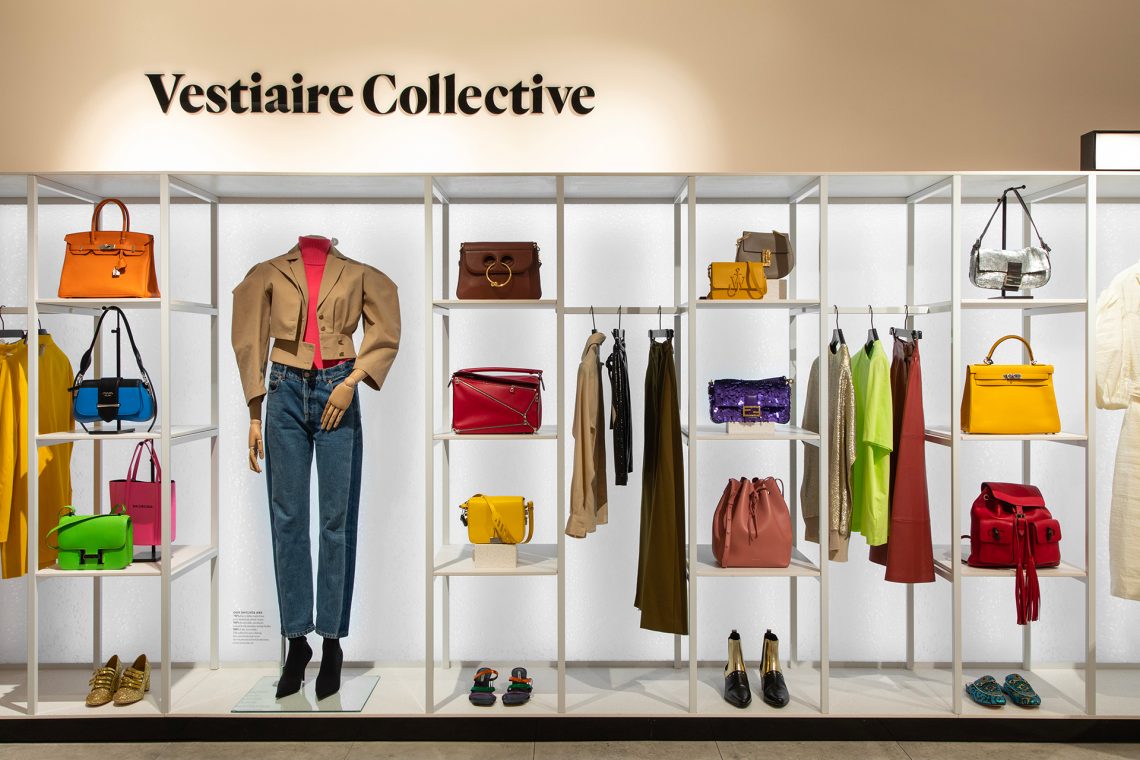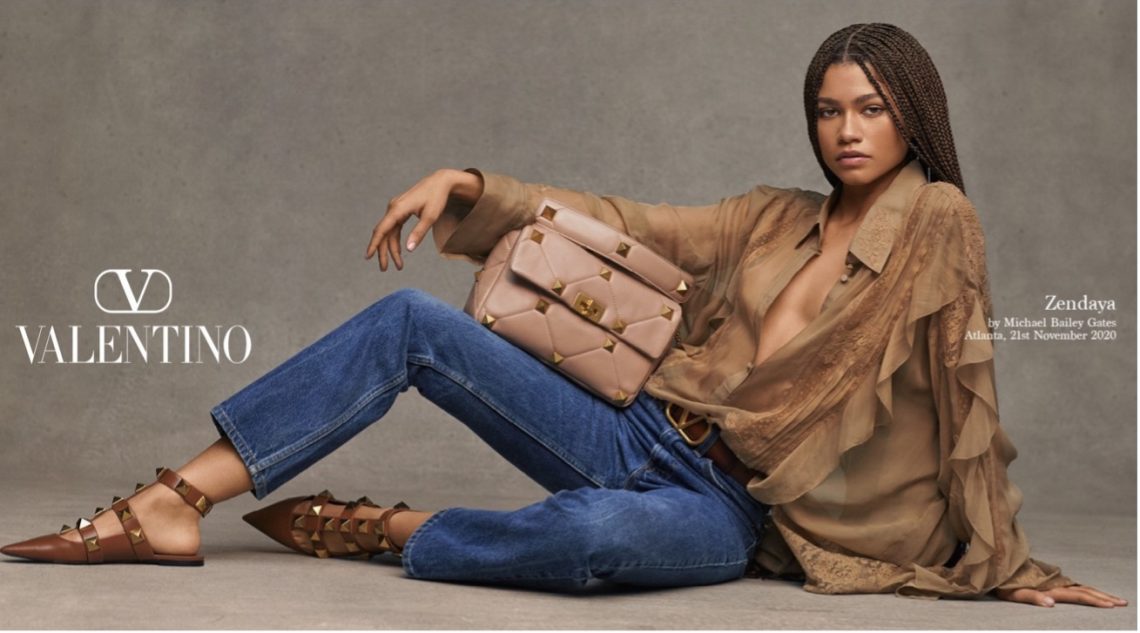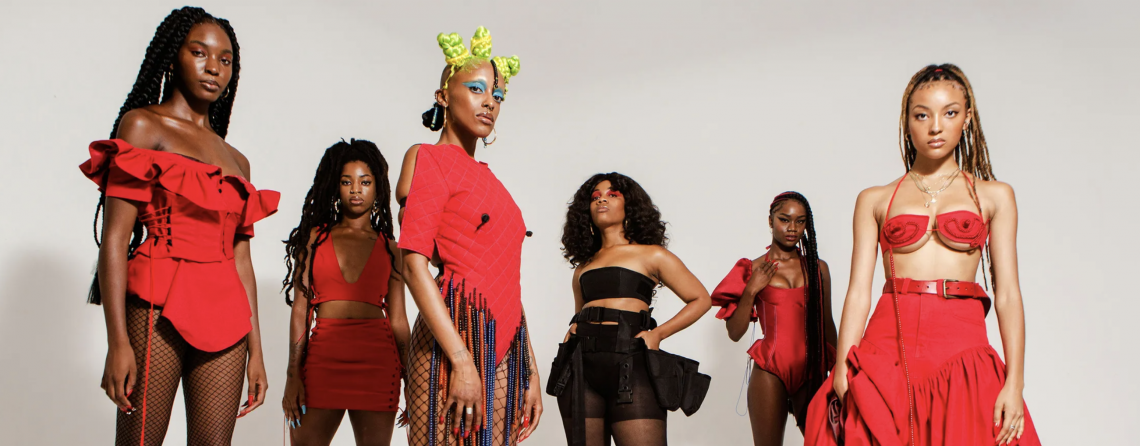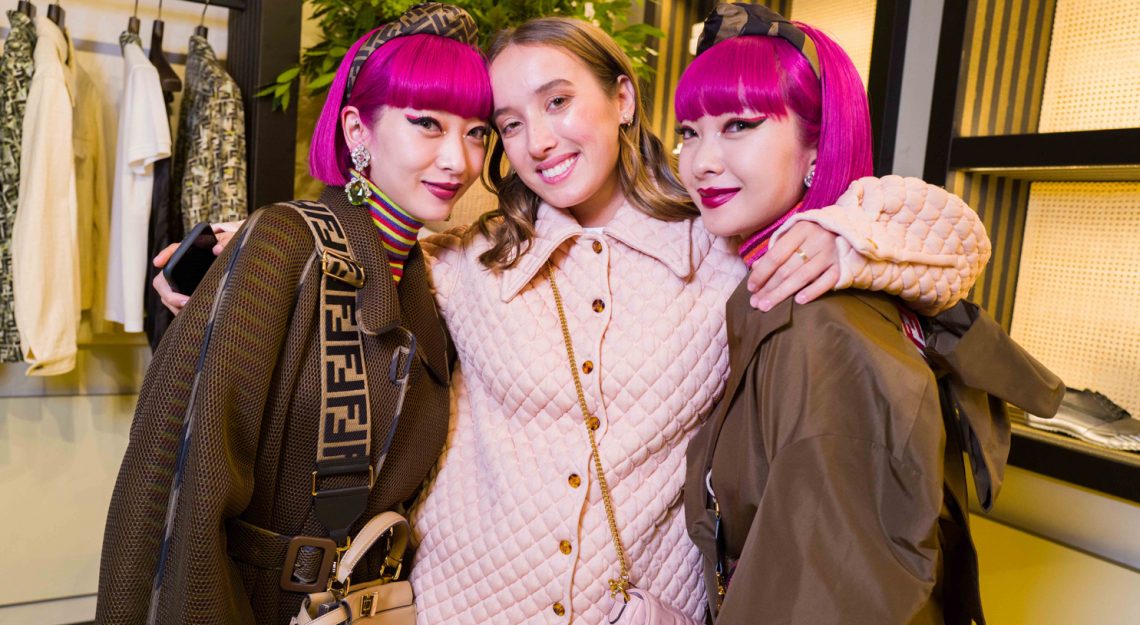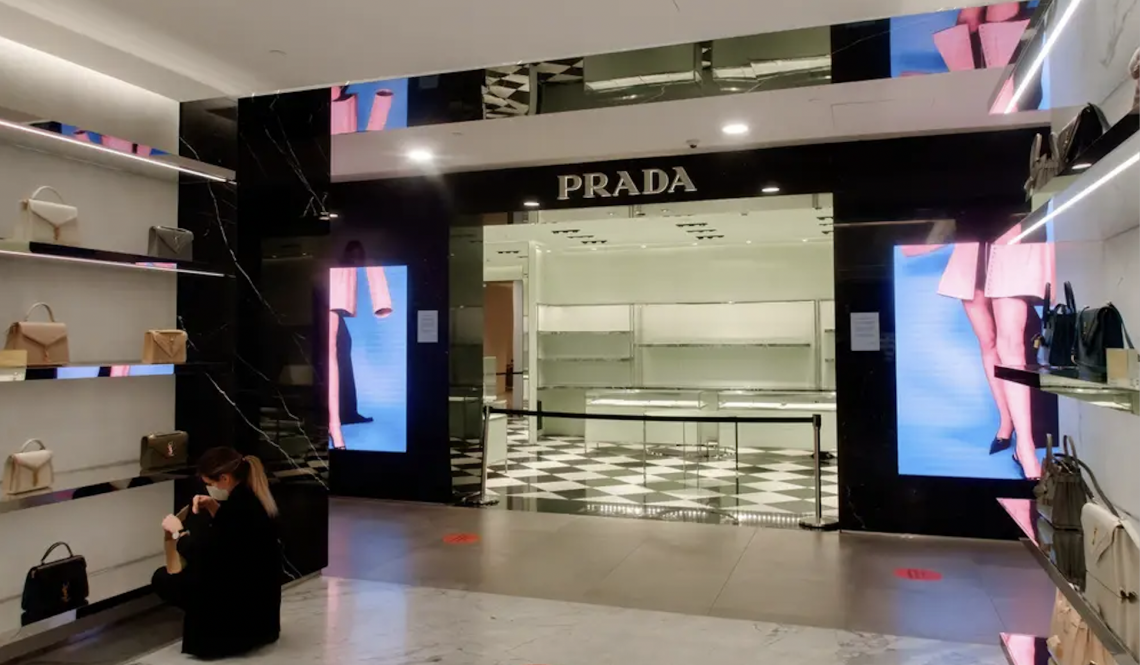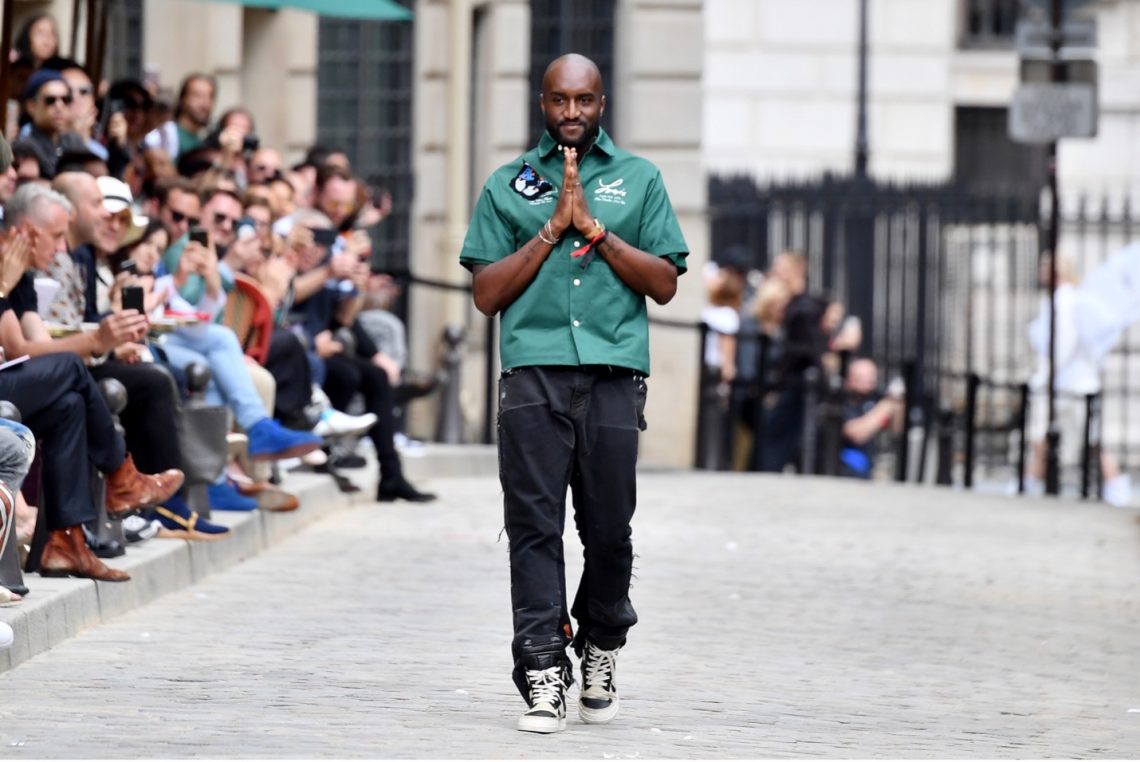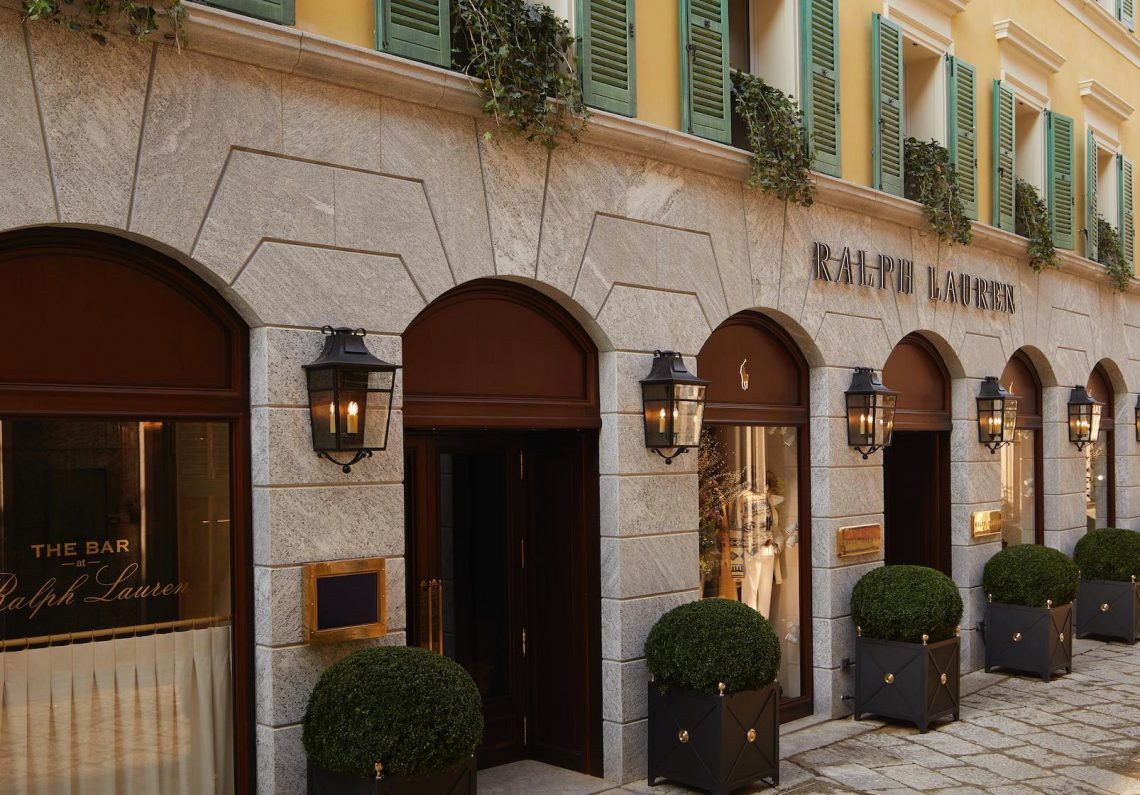Abercrombie & Fitch has (almost) disappeared. The well-known lifestyle brand of sporty and college clothes has been off the grid for years now, and despite several attempts to regain a spot in the market, it looks like fashion addicts have eventually moved forward. Today, indeed, it is extremely rare – if not impossible – to spot someone wearing the classic tartan branded shirt, undisputed icon of the label. However, that was not always the case: the Manhattan-founded brand has been dominant among kids and teenagers from the late 90s and for the entire first decade of the 21st century, before entering a downward spiral and collapsing under the burden of what…
-
-
Resale Revolution: from Pop Culture to Major Digital Platforms
Buying vintage clothing is surely a unique experience, a special feeling that comes with “giving a second life” to clothing pieces, wondering how many it’s already lived. There is, however, also a lot of doubt in the buying process of secondhand clothing regarding the authenticity of the piece and the convenience of its price. How to be sure that it’s not a fake? How do we know it’s the most affordable option? What used to be a manufacturing hub for French fashion and has by now become the center of authentication expertise, Lille, France, is today home of the headquarters of luxury online reseller Vestiaire Collective, where the lives of…
-
Valentino v. Mario Valentino: who is the real Valentino?
Finding a Valentino might be even harder than finding a Valentine after all. That is because there are two Valentino’s, and telling them apart is anything but easy. The legal battle raging between the two brands is currently unfolding in Italy, as well as in Federal Courts in the US. The parties Valentino S.p.A. is an Italian luxury fashion house, founded by Valentino Garavani in 1960, which quickly established as a premier fashion and luxury behemoth for clothing, accessories, and perfumes, among other goods. Valentino handbags typically retail for $1,000 to $4,000-plus, with exclusive or limited editions selling for over $18,000, and they are sold throughout the United States at high-end retailers, including Bergdorf…
-
Decolonizing fashion
For years, fashion students have learned about the lives and creative works of designers such as Coco Chanel, Christian Dior and Yves Saint Laurent. This has only perpetuated a white, eurocentric narrative within fashion. Inspired by Gen-Z’s fervour for breaking down cultural barriers, many fashion schools are in the process of decolonizing their curriculum. This could lead to major implications for the future of the luxury industry. Gen-Z students typically view Western-dominate narratives through a more critical lens and often choose to be more inclusive towards non-white and non-Western creatives, thereby giving them the credit they deserve. Kim Jenkins, a fashion scholar, explains that, “Decolonisation is acknowledging and addressing all…
-
Gen-Z: posers or activists?
Is Gen-Z given the right credit for their role in the fashion and luxury industry? When thinking of luxury, Gen-Z might not be the first generational group that we associate it with. However, underestimating its value, both as a consumer and employee, would be foolish. LVMH seems to have grasped this concept well, as they announced in September that their goal is to recruit 25,000 under the age of 30 by the end of 2022, increasing by 20% their hiring target compared to previous years. Karin Raguin, vice president of talent management and corporate responsibility at LVMH North America, defined this as their “regional strategy to amplify the support to the next…
-
Russia, Ukraine and small fashion businesses
Russia’s invasion of Ukraine has impacted almost everyone on earth, but how has it specifically affected the fashion industry? First, let us rewind. The past couple of years have been quite tumultuous for the fashion world. The COVID outbreak put a strain on retail, and the future of fashion was in question. Thankfully, throughout 2020, online shopping and eCommerce rose dramatically, fueling innovation and bringing hope to the industry. As travel restrictions lowered in 2021, fashion retail seemed to be transitioning towards a “new normal” – harnessing the technological advancements brought on by the pandemic to make for a more efficient shopping experience. Although Omicron hampered retail growth in late…
-
“Virgil was here”
“In a world where kindness is rare, where hierarchies still carry weight and where fashion can change the rules but sometimes ends up creating new ones, there was you. You changed the system with your genius, your humility and your authenticity. You led by example. You taught and inspired millions of young people and filled our days with the energy and optimism of those who want to change the world for the better.” This is what the Off-White team wrote on Instagram as a tribute to its founder and CEO Virgil Abloh, who passed away on November 28th due to a rare form of cancer. Across London, Paris, Hong Kong, New York,…
-
LVMH expansion in the US market: Ralph Lauren in the crosshairs
LVMH, the holding multinational corporation and luxury specialized conglomerate, seems to be about to proceed with its latest acquisition in the fashion industry, and this time the selected target is none other than Ralph Lauren. If those that until today are just rumors and speculations will then be officially confirmed, it may represent a shocking turning point for either the French holding or the American apparel brand. But let’s be cautious and analyze the facts, outlining why this kind of move could be beneficial or, conversely, unsuitable for the two giants. The first newspaper that spreaded the news was Axios, reporting about supposed and suspected “explanatory discussions” between LVMH and Ralph Lauren…
-
Exploring the Metaverse in Fashion
The metaverse seems to be the latest craze in the fashion industry with many brands diving full force into it with sneaker NFTs, exclusive virtual experiences and virtual clothing. Although many seem optimistic about the prospects of the metaverse in fashion, some more traditional brands are taking more coaxing than others. Gucci has largely been in the forefront of fashion brands investing in the metaverse. In 2021, Gucci auctioned off its first pair of virtual sneakers that sold for around $12 a pair. The fashion house has also bought into the Metaverse by buying an undisclosed amount of land on The Sandbox which allows for the buying and developing of…
-
Possible solutions to counterfeiting’s spread on social media
Counterfeiting is a phenomenon that plagues every sector in the market and, following an increasingly worrying growth trend, Forbes estimates it will reach the 2.8-trillion-dollar mark in 2022. Unlike other industries, faking fashion products is relatively simple: counterfeiters can just copy the look of garments and print the brand name on them. Their techniques have improved considerably over the years, managing to produce copies that are more and more faithful to the originals. Unfortunately, this parallel market severely harms sellers and buyers of authentic products, causing slow growth, image damage and higher costs to avoid purchasing counterfeit goods. In addition to market intermediaries and consumers, counterfeiting also causes significant damage…

